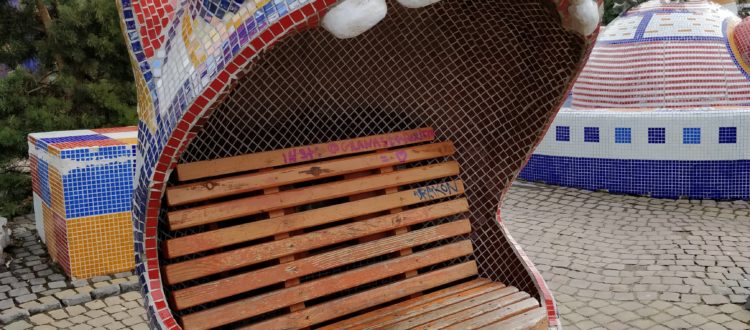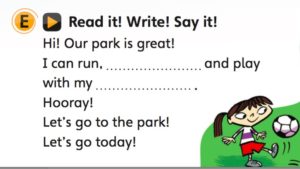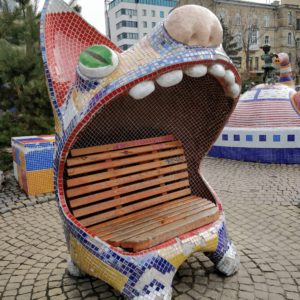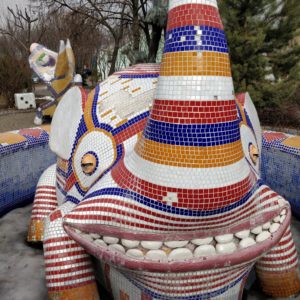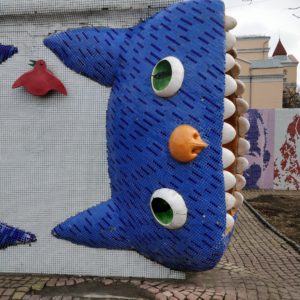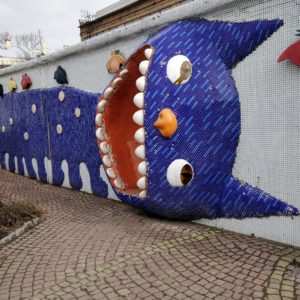You’re not here – you’re at the park!
You’re not here – you’re at the park!
Imagine your park!
Say to your students: Imagine you’re at the park!
Think of your answers to my questions:
1 How many people are in the park?
2 How many trees can you see?
3 Is it morning, afternoon or evening?
4 Who are you with?
5 What are you doing?
6 Which animals can you see?
7 What are you wearing?
In pairs, they talk about their parks. Often, they will be in different parks, or in the same park, but at a different time of the day!
Focus on the questions
Ask: How many questions did I ask? (seven)
Show the first words of the questions and ask: Can you tell me the seven questions?
1 How many
2 How many
3 Is it
4 Who
5 What
6 Which
7 What
Learners say the seven questions. Help them with any of the questions that they don’t remember.
Next, show learners the text with two words missing:
Text – Let’s go to the park!
Complete the sentences
Point to the lines in the sentences and say. Which words can go here?
Play the audio or you say the completed sentences. Learners listen and then say the words in the second sentences. (jump, friends)
Play the audio again. Learners read and say the sentences.
Get learners to notice sentences and words!
Ask questions about the sentences:
- Which is the longest sentence? (line 2) How many words are there in it? (9)
- Which is the shortest sentence? (Hi! or Hooray!) How many words are there? (1)
- Which words are difficult to spell? (friends or great perhaps)
- Which words are difficult to say? (perhaps Hooray! jump, friends)
- What’s your favourite word in this text?
Focussing on language in this way is very useful training – hopefully, our learners will continue noticing these things and using longer and shorter sentence in their writing as they continue with their English.
Here in Kyiv, I’ve seen some amazing things and places. Here are some things I found in a park in Landscape Alley – amazing!

